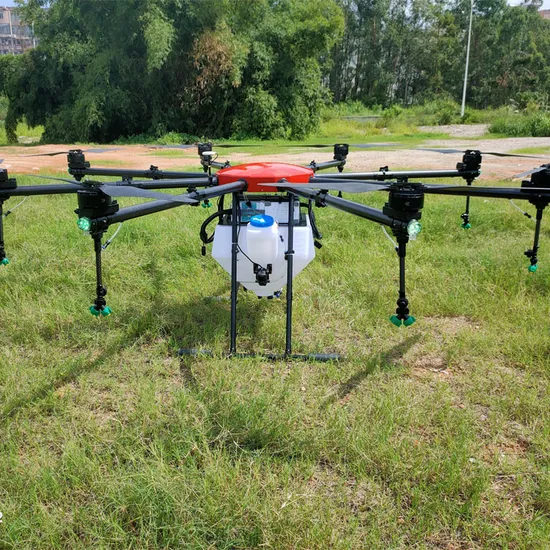
As the global agricultural industry faces growing pressure to increase crop yields, reduce environmental impact, and optimize labor, spraying drones have emerged as a game-changing solution. These unmanned aerial vehicles (UAVs) are transforming traditional farming practices by offering precision crop spraying, real-time field monitoring, and significant labor savings.
This article explores the key features, benefits, applications, and future of spraying drones in agriculture—designed to meet Google SEO standards with original, high-quality content.
What is a Spraying Drone?
A spraying drone is a type of agricultural UAV equipped with a liquid tank, sprayers, GPS navigation, and autonomous flight control. Its primary function is to spray pesticides, herbicides, fungicides, and fertilizers on crops with pinpoint accuracy. Unlike manual spraying or tractor-based systems, drones can access hard-to-reach areas and operate on varied terrain with minimal crop disturbance.
Key Features of Agricultural Spraying Drones
1. Autonomous Flight Planning
Spraying drones can map fields using GPS and follow pre-programmed flight paths for uniform coverage. Advanced models use RTK (Real-Time Kinematic) positioning for centimeter-level accuracy.
2. Intelligent Spray Control
Equipped with flow sensors, pressure regulators, and variable rate control, drones can adjust spraying volumes in real time based on vegetation density or target zones.
3. Obstacle Avoidance Systems
High-end spraying drones feature radar, LiDAR, or visual sensors that help detect and avoid obstacles such as trees, power lines, or uneven ground, ensuring safe operations.
4. Modular Design
Modular components such as swappable tanks, batteries, and nozzles allow for quick maintenance, extended flight times, and flexible use for different spraying needs.
Benefits of Using Spraying Drones in Agriculture
1. Increased Efficiency
Drones can cover 5–20 hectares per hour depending on tank size and terrain. This is significantly faster than manual labor and eliminates the need for bulky machinery.
2. Reduced Chemical Usage
Precision spraying reduces waste by targeting specific areas. Some drones integrate multispectral imaging to identify crop health and apply chemicals only where needed.
3. Lower Labor Costs
One operator can manage multiple drones simultaneously, drastically reducing manpower requirements and minimizing exposure to harmful chemicals.
4. Access to Difficult Terrain
Drones can fly over wet fields, steep slopes, or densely planted crops where tractors and workers cannot safely reach.
5. Environmental Sustainability
By reducing chemical runoff and over-application, drones support eco-friendly farming practices that preserve soil and water quality.
Applications of Spraying Drones
- Paddy Fields: Efficient spraying without damaging submerged crops
- Vineyards: Navigate narrow rows and uneven terrain with minimal crop contact
- Orchards: Targeted canopy spraying in tall fruit trees
- Large-scale Farms: Rapid coverage of vast acreage with minimal downtime
- Weed and Pest Control: Spot treatment for localized infestations
- Fertilizer Distribution: Uniform foliar feeding during key growth stages
Challenges and Considerations
Despite their advantages, spraying drones come with operational challenges:
- Battery Limitations: Most drones have a flight time of 10–30 minutes, requiring battery swaps for larger fields.
- Weather Dependency: High winds, rain, or fog can delay operations.
- Regulatory Compliance: Some regions require pilot certification, UAV registration, or spraying permits.
- Initial Investment: While drones reduce long-term costs, initial purchase and training may be substantial for small farms.
The Future of Spraying Drones in Agriculture
As technology advances, the integration of AI-powered crop analysis, real-time weather forecasting, and swarm operations will elevate the capabilities of spraying drones. Drones will likely become central to precision agriculture, working in synergy with autonomous tractors, soil sensors, and cloud-based farm management platforms.
Governments and agricultural bodies are increasingly supporting drone adoption through subsidies, pilot programs, and training—positioning UAVs as a staple tool for sustainable farming.
Conclusion
Spraying drones represent a powerful fusion of robotics, data, and agronomy. They offer cost-effective, precise, and sustainable crop protection solutions that traditional methods cannot match. With ongoing innovation and supportive policies, spraying drones are not just the future—they are the present force reshaping modern agriculture.

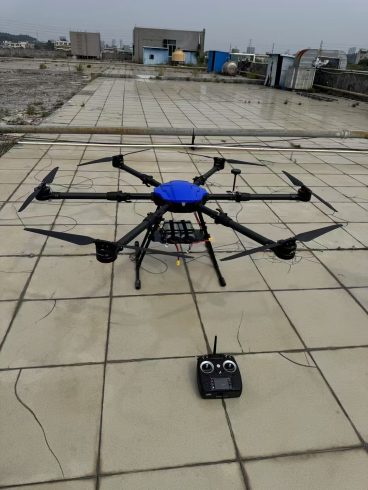


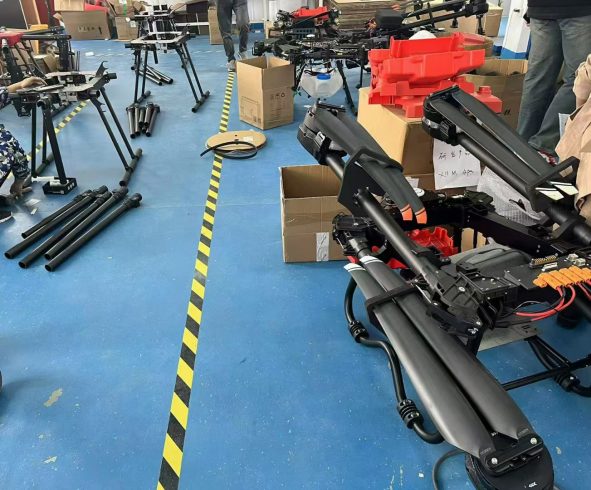

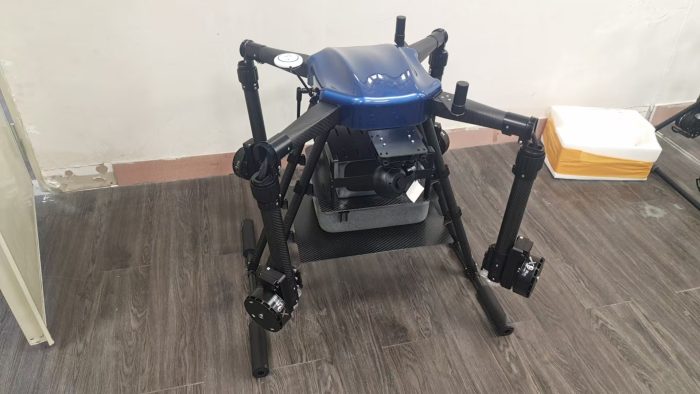
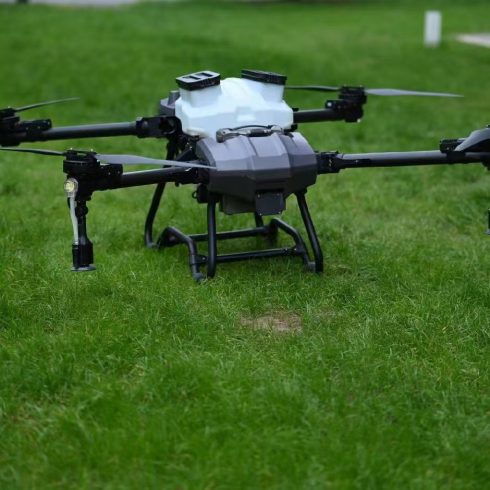
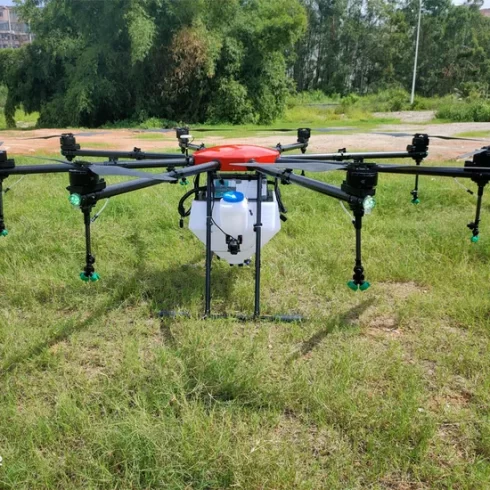
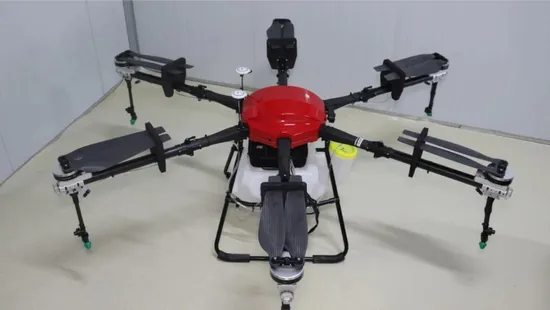
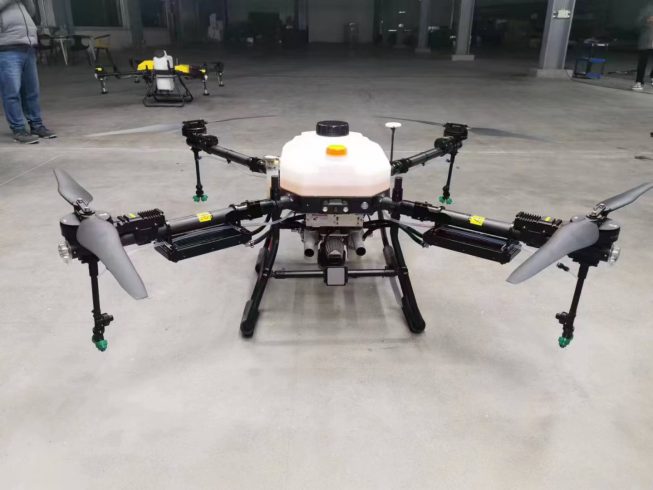

暂无评论内容